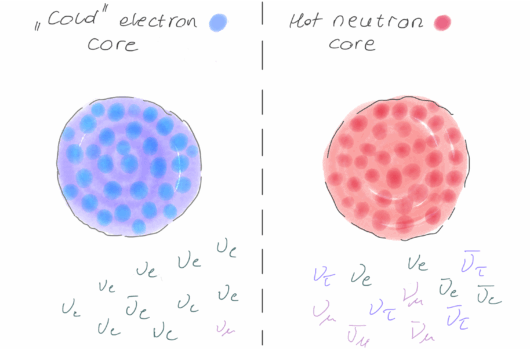Probing Massive Star Nucleosynthesis with Data on Metal-Poor Stars and the Solar System
Probing Massive Star Nucleosynthesis with Data on Metal-Poor Stars and the Solar System
View
Abstract
Metal-poor stars were formed during the early epochs when only massive stars had time to evolve and contribute to the chemical enrichment. Low-mass metal-poor stars survive until the present and provide fossil records of the nucleosynthesis of early massive stars. On the other hand, short-lived radionuclides (SLRs) in the early solar system (ESS) reflect the nucleosynthesis of sources that occurred close to the proto-solar cloud in both space and time. The diverse abundance patterns of heavy elements observed in metal-poor stars are discussed. Their possible origins in various neutron-capture processes that might have operated in early massive stars are reviewed. In addition, meteoritic data are discussed to constrain the supernova that might have triggered the formation of the solar system and provided some of the SLRs in the ESS.




